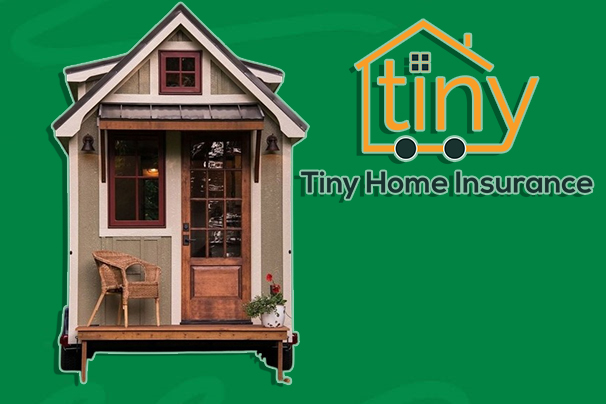Understanding if your homeowners insurance can cover your fences will help you manage your property more successfully. While your insurance is intended to protect you from financial hardship as a consequence of structural damage to your house, basic coverage also covers additional structures on your property, such as fences.

However, the specifics of this coverage may differ depending on the cause of the damage. In this article, we can help you navigate the nuances of fence policy and comprehend the coverage your policy may provide.
Does Homeowners Insurance Cover Fences
Generally, homeowners insurance can cover fence damage under your policy’s other buildings coverage, provided the fence is well managed and the damage is not due to negligence. For instance, if a well-managed tree falls and destroys your fence, your insurance provider would most likely cover the damage. However, if the tree that caused the damage was unhealthy or badly managed, your insurance provider may reject the claim.
Policies of Homeowners Insurance That Can Cover Fences
When evaluating your homeowners insurance coverage, it’s critical to comprehend how it could apply to buildings other than the primary living area of your house, like your fence. Below is a breakdown of the particularly relevant policy components:
Other structures coverage
This part of your insurance is intended to financially safeguard structures on your property that are separate from your house. Fences, sheds, and detached garages are common examples of this. For example, if your house is covered for $400,000, up to 10% of that amount (or $40,000 in this case) can be used for repairing and replacing additional buildings. This includes fences when the loss is caused by a covered peril.
Covered perils
It is important to understand which risks are covered by your insurance. Standard plans often cover losses due to fires, theft, and windstorms. However, insurance frequently excludes natural disasters such as floods and earthquakes unless supplemental coverage is acquired. As a result, your normal insurance is unlikely to cover your fence in these situations.
Named perils vs open perils
Policies are often classified according to the types of risks they cover. Named perils policies only cover losses caused by incidents specified in the policy, while open perils insurance can cover all kinds of loss unless it’s excluded. The two kinds of policy include a deductible, which means a specific amount will be withheld from your claims check that you must pay out of pocket.
By being familiar with these components of your home insurance policy, you will be able to better navigate your coverage and understand how it pertains to fence damage, ensuring that you are prepared to make a claim.
How Much Does Homeowners Insurance Can Cover Fences Damage
Fences are often classified as other constructions and are insured for up to 10% of your home’s coverage limit. The majority of insurance providers attach depreciation to the amount they will pay for fixing or replacing a fence, and your deductible will be applied.
When Does Homeowners Insurance Cover Fences
Knowing the reason for your fence’s damage is critical in determining whether or not your insurance provider will cover you. Before we begin, if you own a condominium, your fence may not be considered part of your property. In that case, fixing fences would be the duty of your homeowners association. Here are some typical situations that homeowners may encounter.
- Damages by fire, windstorm, or vandalism
- Stolen parts while your fence was being constructed
- Neighbor tree collapse on your fence
- Damages caused by your home collapsing
- Collide to your fence with your car
- Someone else hit your fence with his/her car
When Does Homeowners Insurance Not Cover Fences
Let’s be completely honest with each other so that you are ready for any situations involving fences that your home insurance may not cover.
- Insects or vermin damage.
- Water and ice.
- Usage of defective materials.
- Faulty strategy.
If your fence collapses over or has a large hole in it, you will need to take action as soon as possible. If your circumstance includes the theft of building supplies for a fence that you plan to claim later, submit a police report right once.
How to File a Claim For Fence Damage
Before starting any repairs or clearing any debris, homeowners who need to claim for damage to their fences should first take pictures of the damage. Additionally, submit these images to your insurance provider. If the homeowner has any invoices for the cost of the fence, they should submit these as well.
Moreover, when making a claim, follow the procedures provided by your provider. Most major insurance companies allow you to do this online. However, some companies may require homeowners to contact an agent via phone to file a claim. If the insurance provider has a local presence, homeowners may be able to seek in-person assistance by visiting a nearby location.





